Learner Involvement in Story Creation
Michael Rabbidge
Recently, I had the opportunity to use one of Chasing Time English’s newest teaching series, My Name is Lucky, with a group of students from China. It’s a great series that captures some of the difficulties students have when they travel abroad to further their studies. In particular, it follows the main character, Lucky, and her time as an international student in New Zealand. The show highlights some of the natural beauty of New Zealand, as well as some of the experiences available to international students who choose to New Zealand as a place of study.
As it happens, the class of students I was using the series with had never studied abroad themselves. This presented a unique opportunity to engage the students in a narrative that would allow them to consider experiences that they might not necessarily be immediately familiar with, but that nonetheless aspired for in their futures.
Fortunately, the series comes with a ready to use, professionally developed set of teaching materials that have a range of focuses, including language activities that develop knowledge about both standard and colloquial varieties of English, pragmatic based activities that Maria skillfully explains in her last blog, as well as content that allows students to explore future possibilities.
What I really enjoyed about the My Name is Lucky series is the opportunity it presents for students to become involved in the creation of the story. The story of Lucky is written such that different points of view are available, so that students can discuss different critical points of Lucky’s journey and reflect upon how they would react in a similar situation. One activity that students really engaged with was based on deciding the fate of Lucky at the end of the series. Here I will explain a little of how I was able to use this feature successfully.
Firstly, towards the end of the series, the main character, Lucky, engages with viewers, or in this case the students, and directly asks them for participatory action in deciding the outcome of the show. Using this clip, I was able to create a lesson that involved both discussion and reflection activities, and ultimately a writing activity that had both collaborative and individual tasks for students.
The actual writing part could be done either completely as a collaborative writing task, where a single group produces a text amongst them, or individually, where each student produces their own text. Outlined here is a collaborative approach, something that I personally favor as it allows more opportunity for interaction and language development as students negotiate the language they want to use in the writing.
My Name is Lucky, Episode 4, scene at 2:55- 3:42
Level: High Intermediate
Aims:
- To engage students in story development.
- To review key linguistic features from the show.
- To provide students with the opportunity to write a reaction to the series.
Interaction type
Groups of 3 or 4, varying levels of proficiency
Task
Collaborate to write a paragraph trying to convince Lucky to stay in New Zealand and finish her studies, and the consequences of leaving her studies early.
Step 1
Have students rewatch the end of episode 4. Discuss if Lucky has all the relevant information to make the correct decision about her future.
Step 2
Work in groups and discuss reasons for Lucky to stay in New Zealand and reasons for her to go home. Think about her experiences and relationships with other characters in the series to support your reasons. The following chart can help with this:
Reasons for lucky to continue her studies:
Reasons for Lucky to return to her home country:
Step 3
Provide a model paragraph for students to analyze. Analysis activities can focus on a range of elements, including vocabulary choices, structural features, and content organization.
Step 4
In groups, read the outline of how to organize your ideas into paragraph form, and discuss which ideas from step 2 you could use to complete the outline:
Paragraph outline
Topic sentence: (Indicating you will provide some reasons for why Lucky should finish her studies in New Zealand)
Support sentence 1: (reason one for why Lucky should continue her studies)
Explanation 1: discuss why your reason is important.
Support sentence 2: (reason two for why Lucky should continue her studies)
Explanation 2: discuss why your reason is important.
Support sentence 3: (reason three for why Lucky should continue her studies)
Explanation 3: discuss why your reason is important.
Concluding sentence: (give a prediction about what you think will happen after lucky successfully finishes her studies)
It is a good idea to a model paragraph if you feel your students are unfamiliar with this type of writing genre as well, possibly creating analysis activities that help students to
Step 5
1 member from each group presents their group’s outline to the class, with peers providing feedback where possible.
Step 6 (individually or collaboratively)
Write your paragraph based on your plan and submit it to the teacher for a personalized response and corrective feedback.
As can be seen, a short clip can become a lesson that extends over a coupe of lessons, highlighting the flexibility built into the show, and the endless possibilities for students and teachers to engage in successful learning opportunities.
